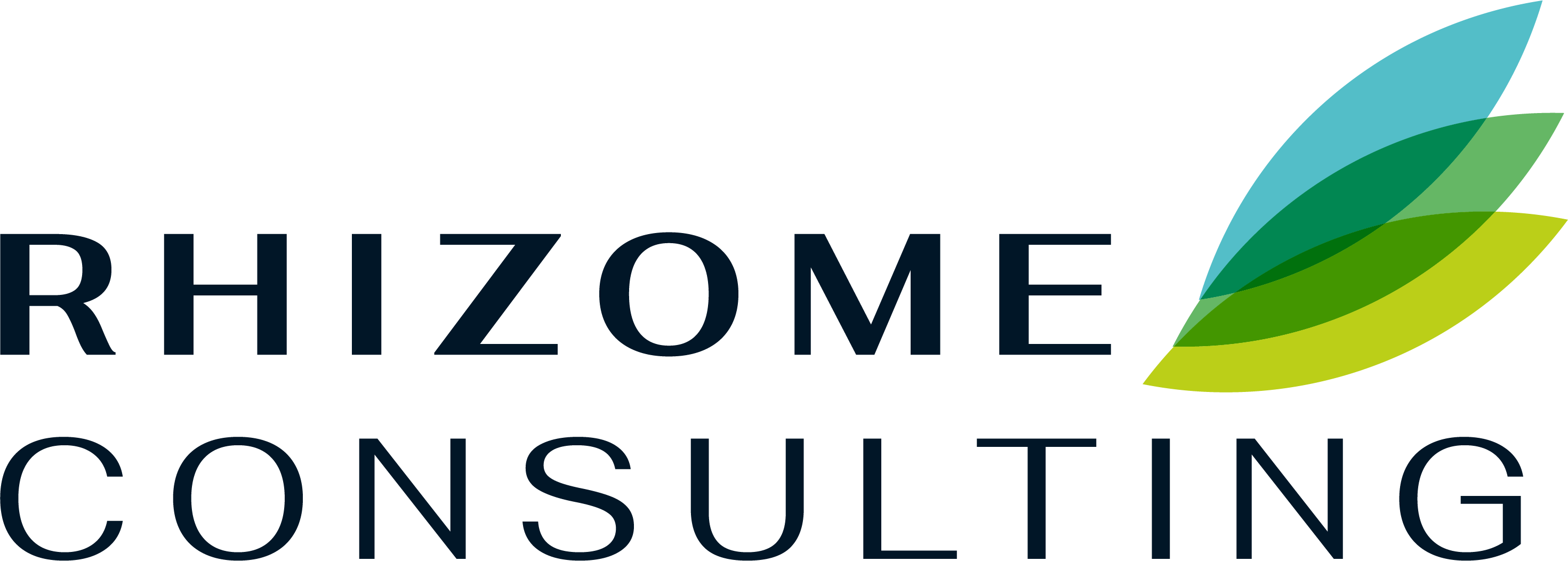- December 5, 2019
- Posted by: admin
- Category: Uncategorized

Often new employees feel as if they’ve been dropped in the ocean without a life jacket, much less any conceivable idea where the closest shore is. If onboarding processes are done at all, they can often involve no more than a bunch of obligatory paperwork and – if you’re lucky – a few perfunctory induction activities.
Employee onboarding is crucial to the long-term success of workers at a company, and to keeping successful workers at a company long-term. Here’s a guide to arm you with the best and latest research and thinking on the onboarding process.
Step 1: It starts at the start (and maybe even before)
Companies with the most effective hiring processes realise that the onboarding process begins prior to the announcement of the formal hire. Effective onboarding will begin at the interview stage for the job, with clear delineation of expectations for the new employee as well as a clear indication of the kind of culture that the company wishes to promote, and how employees may help themselves to fit in as well as be helped to fit in.
Google is well known for its extensive interviewing process when hiring. One former Google HR director said this was so they could achieve a “360 degree” perspective on the employee before making the call to hire. By “360 degree” perspective they mean that often, potential employees will be interviewed not by one HR person, but by several individuals including those both above and below them in the organisational hierarchy. That way Google can get a better cross-sectional understanding of how a potential hire will fit in across multiple workplace contexts (most obviously as someone who both is a boss and has a boss).
That is to say – one of the most effective onboarding processes is to make sure that everyone is already on board with the hire.
Step 2: Clarify expectations
While new employees will theoretically understand what’s required of them, as this will have been outlined in the job posting as well as elaborated upon during the interview process, it bears repeating and consolidating once the employee has actually started work. There is a difference between a hazy understanding (especially if much time has passed between application and interviews and work actually beginning) and practical knowledge of what is required.
Employees may lose direction and become anxious if they’re unsure what their precise responsibilities are and whether or not they’re hitting the right benchmarks in terms of performance.
Some ways to help clarify what’s expected of an employee include:
- Discussion of a company’s overall goals and vision, and how different levels within the organisational structure all work to achieve those goals
- Give a list of core competencies, tasks, and responsibilities for which an employee will be accountable.
- Ensure the new employee understands how their role (competencies, tasks, responsibilities) is tied to the overall goals and vision of the company
- Set benchmarks and dates for performance reviews
- Make sure there is a readily reachable point of contact for the employee so they can ask any pressing questions that may be stressing them out or preventing them from moving forward confidently in their work.
Step 3: Extend the onboarding process
Research shows that the onboarding process is more effective when it lasts from six months to one year from the time the employee is hired. Naturally, the length of time will depend on the nature of the job the employee is hired for, as well as the degree of organisational complexity. But this will be particularly so for larger organisations, where there is a well-established hierarchy and trajectory for upward career-mobility (and where there is greater risk a new hire will feel lost amidst the sheer size of the company).
Research suggests that the onboarding process should be comprised of initial “intensive” activities as well as more periodic long-term assessments, meetings, and re-evaluations.
The initial onboarding activities will include all the obvious stuff like:
- Filling out all the key forms prior to starting work
- Mandatory training in areas such as OH&S, workplace harassment, ethics, security protocols, etc.
- Meeting immediate supervisors
- Being logged in and integrated into IT networks and other means of workplace communication
- Learning about the overall goals, objectives, and vision of the company
- Meeting company leaders and executives
But longer-term activities, after the initial rush of information, will improve employee retention of key information, as well as allow them the opportunity to raise potential concerns and questions that might otherwise go unanswered.
Further activities that can be extended from the six-month to one-year marks include:
- Long term development plans structured around the essential learning and performance needs of a new employee
- Additional learning (especially e-learning) programs that provide a solid means of evaluation and a sense of self-achievement for new employees
- Conducting surveys at different points (say three-month intervals) during the first year to receive feedback from employees and to help identify problems that can be straightened out
- Mentoring programs that link up new employees with a like-minded mentor who can deliver more personal advice and emotional support during the first year
- Social and networking events to link up new employees with more workers across the company, and to increase their sense of integration into the work community
Step 4: Give employees a chance to communicate their vision
If you’ve done your homework when hiring, chances are that you’ll have picked someone who not only wants to fit into the organisation, but also actually has a vision for the organisation (or at least for the future of the work they’re engaged in). Bersin’s High-Impact Talent Acquisition research shows that 89% of high-performing organisations use values as a basis for their hiring vs. 35% of their low-performing equivalents.
But research also suggests that it’s important not only to acculturate a new employee to the organisational culture that already exists but also give the employee an opportunity to share their goals and vision for their own future as well as that of the company.
This will obviously be different for the different levels of experience and seniority at which an employee enters an organisation. But even putting aside the possibility that a new employee might say something original and engaging, simply having that conversation will ensure that an employee feels respected and that their own personal values are part and parcel of the values and goals of the organisation as a whole. In that way, personal motivation can be effectively tied to the employee’s work within the organisation.
Step 5: Periodic performance reviews as constructive dialogues
Scheduled performance reviews are actually a good way of reducing an employee’s anxiety. While they might become anxious as the date of a particular performance review nears, if they don’t know when their performance is scheduled to go under evaluation then they may spend a lot of time looking over their shoulders and fretting about whether they’re hitting key targets.
Schedule performance reviews at 30, 60, and 90 days so an employee’s initial few months are punctuated with opportunities to reflect on what they’re doing well (and so consolidate those practices) as well as what could be improved.
But performance reviews shouldn’t only be about assessing an employee’s “results”. It’s also an opportunity for the employee to reflect and speak up about what the organisation could do to help them achieve their personal goals as well as hit the company’s objectives. Frame performance reviews as a “constructive dialogue” rather than a more intimidating straight-up “performance review”.
Technology and the onboarding process
Technology is increasingly playing a greater role in the onboarding process, particularly for larger and more complex organisations, and organisations seeking to grow.
Software portals are a useful port-of-call for new employees and can help employees keep track of goals, expectations, deadlines, checklists, as well as broader opportunities and social and networking events within the organisation. It is also a useful means of providing supervisors with a way of checking efficiently that all new employees are up to speed as far as the onboarding process goes.
Software and e-learning are also great ways for HR to streamline the onboarding process such that they can focus on implementing more finely tuned and personalised onboarding strategies. All the routine aspects of onboarding can be digitized, which may allow supervisors and leaders to spend more one-on-one time with new employees – helping them feel more personally connected.
Basically, using technology during the onboarding process frees HR from the more menial administrative tasks so they can focus increasingly on big-picture strategy, as well as innovative and personalised approaches to employee onboarding.
Source: https://www.hcamag.com/ca/news/general/best-practices-for-new-employee-onboarding/120436
